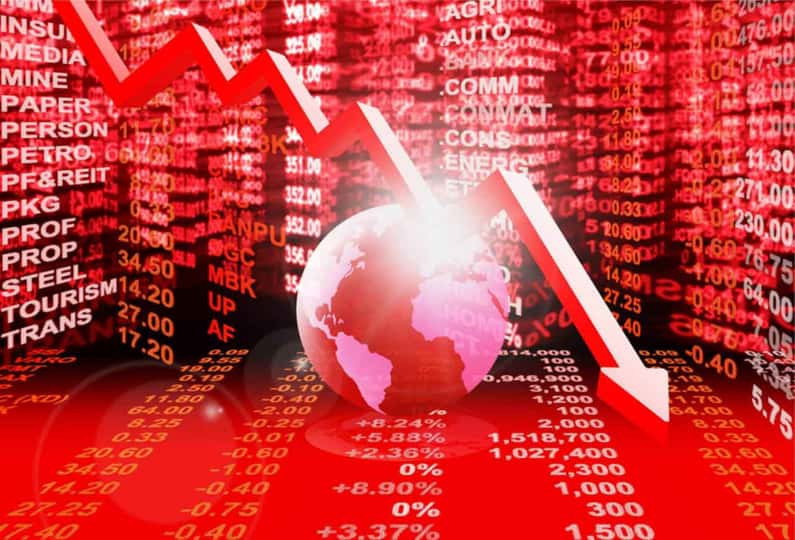Stocks will remain the overall focus but the spotlight over the past two days has been oil. On Monday, the May contract for West Texas Crude crashed below zero, closing at a negative -$37 per barrel! The widely-followed “United States Oil Fund (USO)” which had over $7 billion in assets under management just a month ago dropped to one single dollar. Down some 90% in the past month alone.
We’ve seen negative interest rates, a perversion of the cost of money but somewhat conceptual, but what do negative prices for a hard asset mean and what are the implications for the energy sector and the broader market at large? Oil and the futures have their own specific dynamics outside of the physical market but it gives us insight into just how bleak the outlook is for the sector.
On the supply side, new fracking technology and a fractious OPEC which had boosted production rather than cut as the Saudis and Russkies engaged in a spat created a glut. These actions were taken just as demand has collapsed due to the global shutdown. Some are speculating the Saudi and Russian action was done as means to break the U.S. oil industry which has essentially become energy independent over the past few years. The flooding of oil supply has created a situation in which there is literally no available storage space available. Leaving producers with the dilemma of shutting down production, which is extremely expensive, or paying someone to simply take the oil off their hands.
Think of the negative oil prices as someone running an ad on Craigslist offering to pay someone to come and remove an old couch from their house. Oil has been somewhat disconnected from the general stock market for some years as tech stocks have usurped energy as the largest most profitable companies. But the base of the economy still runs and needs fossil fuel and this collapse in price can only be viewed through a negative lens in terms of global growth over the near term.
From a financial standpoint the prospect of bankruptcies and defaults, the energy sector represents nearly 40% of the high yield debt market, which could cause ripple effects throughout the equity and bond market. That said, this honey badger of a stock market doesn’t care much beyond the fact the Fed said it will do everything in its power to prevent stocks from going down.
That is probably the single biggest factor as to how stocks have staged this mind-boggling rally over the past two weeks even as the fundamental news flow has deteriorated, or at best, not improved. It sounds stupid and simple but history has shown you truly DO NOT FIGHT THE FED. In the past, it was mostly a matter of interest rates. This time they explicitly stated they will print money with the specific purpose of buying assets directly. Also, stocks are forward-looking and right now there seems to be the potential for more positive catalysts than negative. You can only shut the economy down once, and that has happened; it’s only the duration that creates uncertainty.
On the other hand, two main positive catalysts include promising developments on the health front in term of possible treatment, (and I do think science will catch up and find solutions before there is a possible ‘second wave bending of the curve), more testing and the plan for re-opening businesses which can happen relatively quickly if it don with safety (rather than what is ‘essential’) as a priority.
They say in the short term the stock market is a voting machine while in the long term it is a weighing machine; meaning right now fundamentals don’t matter. The question can the Fed’s actions, as popular as they are, become a permanent finger on the scale if the underlying demand remains incredibly light and businesses continue to cut to the bone?
Want More Great Investing Ideas?
9 “BUY THE DIP” Growth Stocks for 2020
7 “Safe-Haven” Dividend Stocks for Turbulent Times
Investors Beware: It’s Still Really Bad Out There!
USO shares were trading at $2.40 per share on Tuesday afternoon, down $1.35 (-36.00%). Year-to-date, USO has declined -81.26%, versus a -14.20% rise in the benchmark S&P 500 index during the same period.
About the Author: Option Sensei

Steve has more than 30 years of investment experience with an expertise in options trading. He’s written for TheStreet.com, Minyanville and currently for Option Sensei. Learn more about Steve’s background, along with links to his most recent articles. More...
More Resources for the Stocks in this Article
| Ticker | POWR Rating | Industry Rank | Rank in Industry |
| USO | Get Rating | Get Rating | Get Rating |






